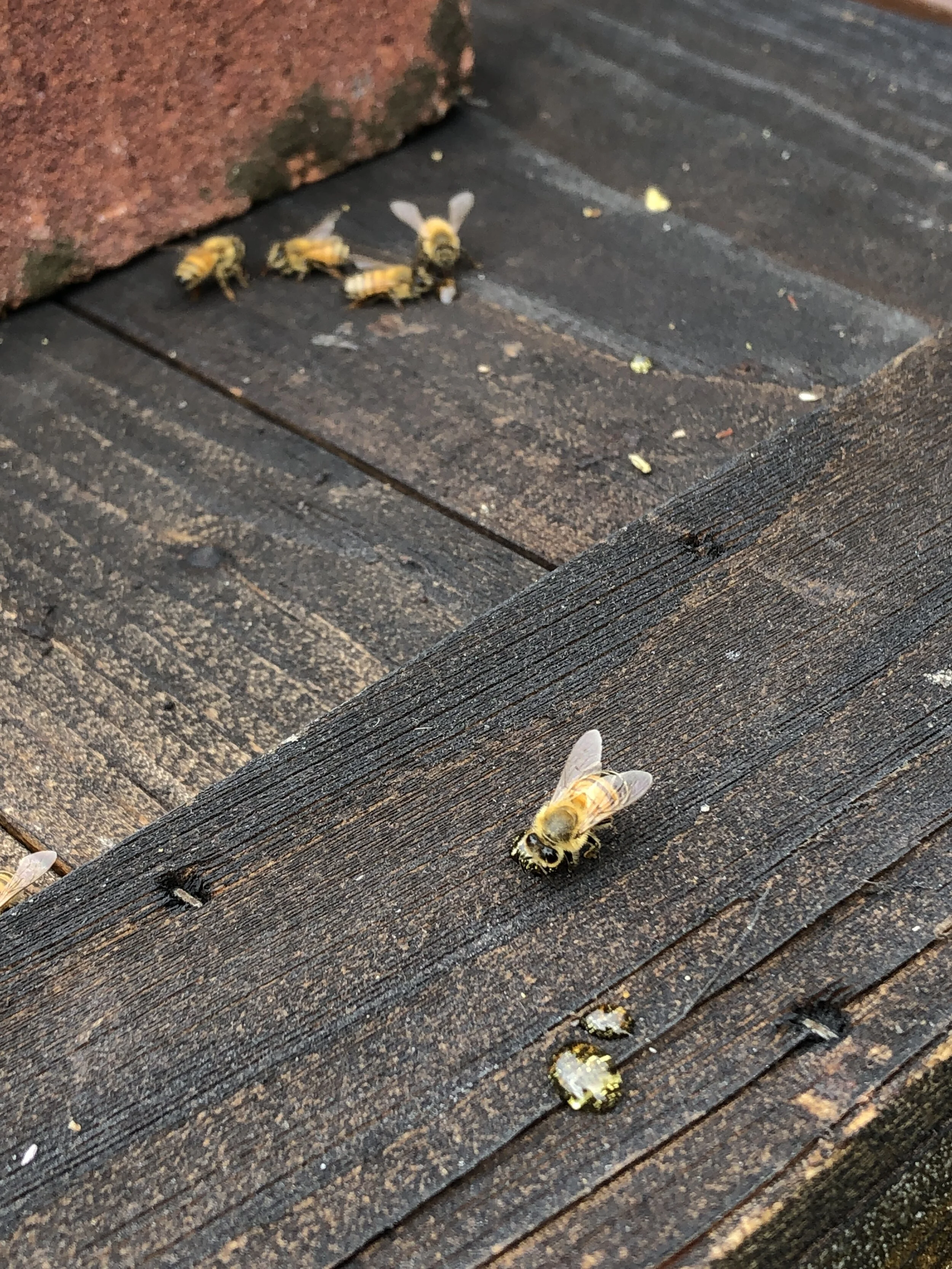What exactly is honey and how is it made?
So what is honey anyway?
We met up with Dr. Meghan Milbrath from Michigan State’s Department of Entomology to explore the lifecycle of the bee and the life of the hive.
The process of making honey begins when bees drink nectar from flowers — and to be clear, they take tiny, tiny sips of nectar from each flower. That nectar mixes with enzymes in the bee’s crop.
When the little bee makes it back to the hive, it passes the nectar to another bee by regurgitating it into the next bee’s mouth. The nectar is passed from bee to bee until it is deposited in a chamber in the honeycomb and the bees evaporate the water by fanning the honey with their wings … they have to dry the honey down so it’s the viscous, sticky substance we know and love. It takes a massive amount of energy to produce honey, and the bees turn nectar into honey in order to be able to store it. Honey will never go bad. It may crystallize in the jar in your cupboard, but it won’t spoil.
The lifecycle of honeybees is fascinating as well. Only fertilized eggs are female and the only purpose of drones — the male bees, which are not able to sting — is to mate with the queen. The female worker bees do everything else, from gathering nectar to caring for larvae.













